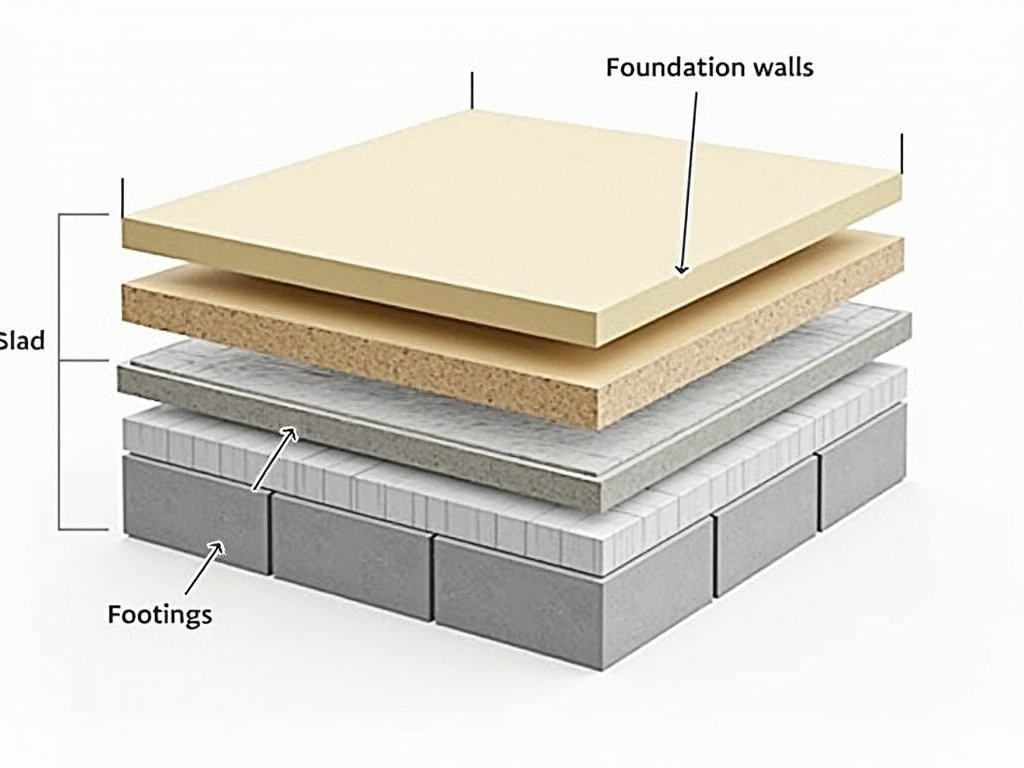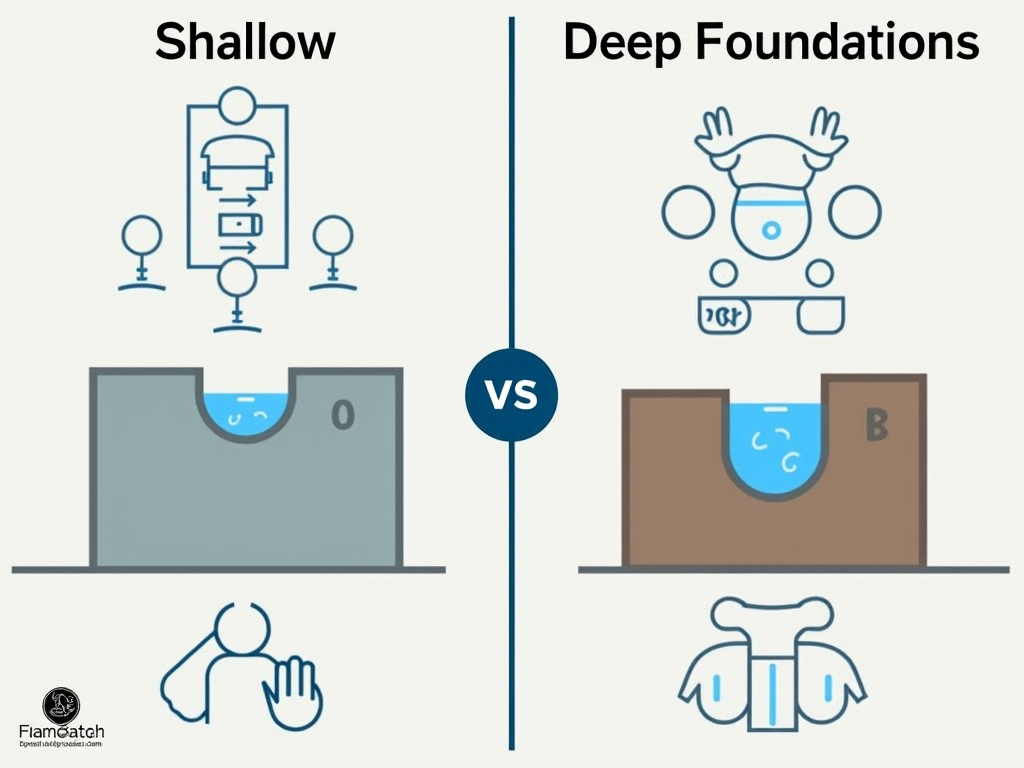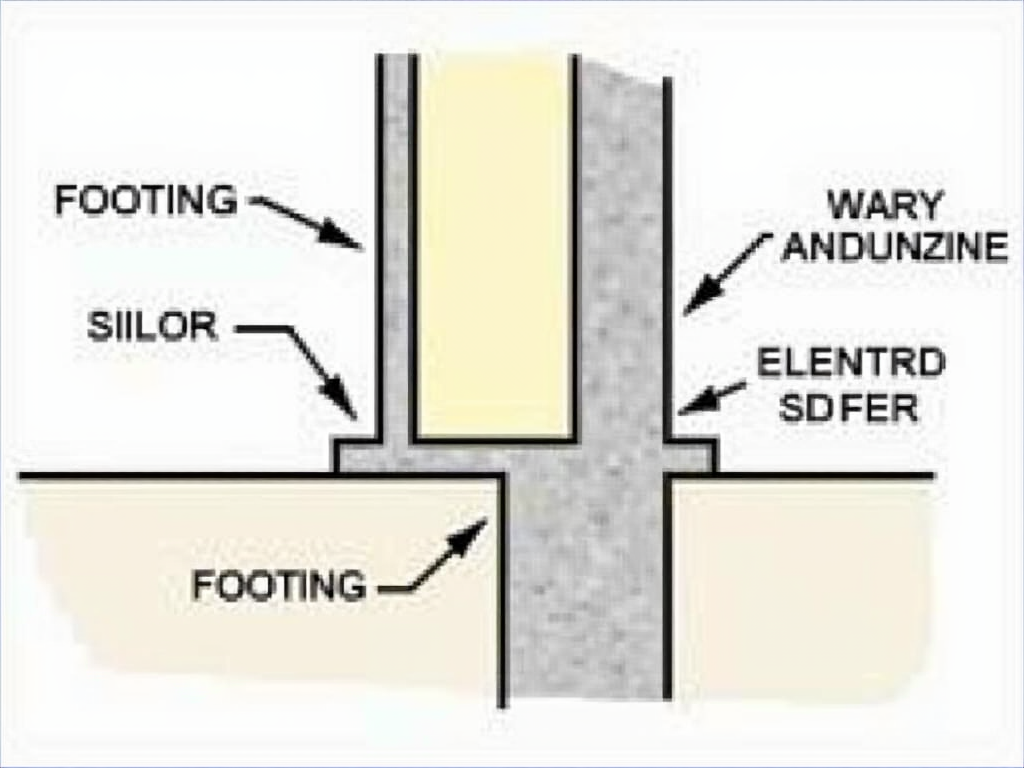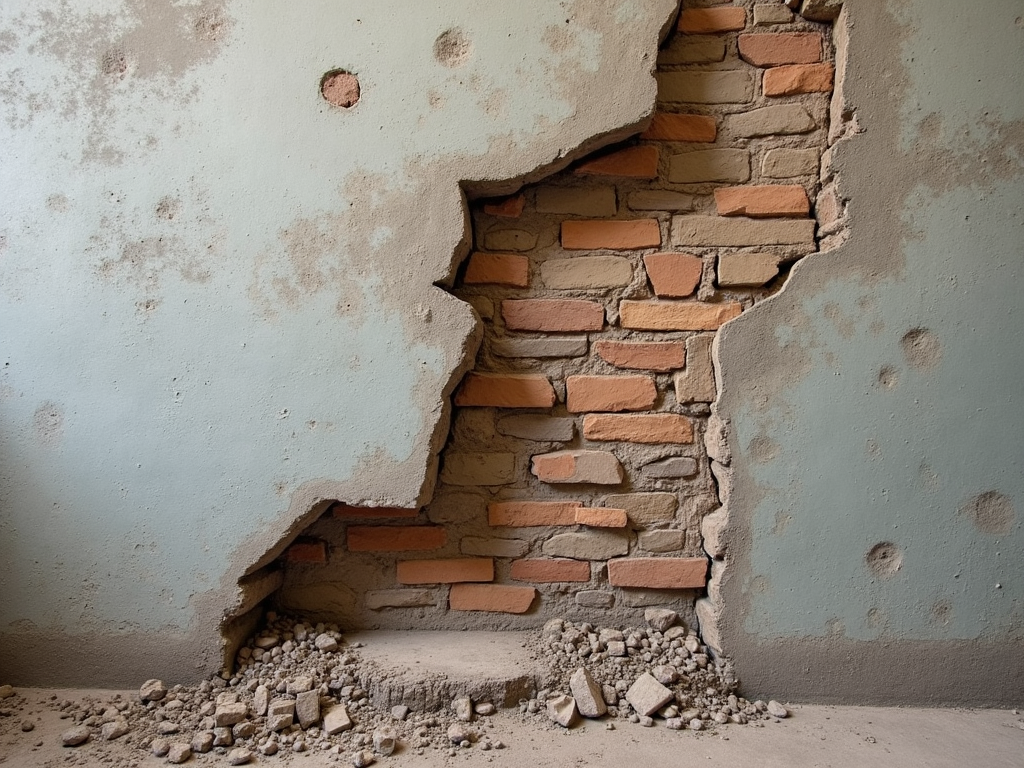The Complete Guide to Building Foundation Principles
Building a solid foundation is the cornerstone of any construction project. Whether you're erecting a skyscraper or a simple backyard shed, the foundation is what keeps your structure stable and secure. In this guide, we'll explore the essential principles of building foundations, from the basics to more advanced concepts like frost line guidelines for structural engineers and footing calculations.

What is a Building Foundation?
A building foundation is the part of a structure that transfers the load of the building to the ground. It serves several critical purposes:
- Stability: Prevents the building from sinking or shifting.
- Load Distribution: Spreads the weight of the building evenly across the soil.
- Protection: Shields the structure from soil moisture and other environmental factors.
Foundations are typically made of concrete, though other materials like stone or treated wood can be used in certain situations.
Types of Building Foundations
There are two main categories of foundations: shallow and deep. The choice between them depends on factors like soil type, building size, and local climate.
Shallow Foundations
Shallow foundations are used when the soil near the surface is strong enough to support the building's load. Common types include:
- Slab-on-Grade: A single layer of concrete poured directly onto the ground.
- Crawl Space: A raised foundation with a small space between the ground and the floor.
- Basement: A deeper excavation that provides additional living or storage space.
Deep Foundations
Deep foundations are necessary when the upper soil layers are weak or unstable. They transfer the load to deeper, more stable soil or rock. Types include:
- Pile Foundations: Long, slender columns driven deep into the ground.
- Caisson Foundations: Large, hollow structures sunk into the ground and filled with concrete.

Understanding the Frost Line
The frost line is a critical consideration in foundation design, especially in colder climates. It refers to the depth to which the ground freezes during winter. Building foundations must extend below this line to prevent frost heave, which can cause the foundation to shift and crack.
Frost Line Depth
Frost line depth varies by location and is influenced by factors like average winter temperatures and soil type. In the United States, for example, it can range from 0 inches in southern states to over 60 inches in northern regions.
Structural engineers must consult local building codes and frost line guidelines to determine the appropriate foundation depth for a project. Failing to account for the frost line can lead to costly repairs and structural damage.

Footing Calculation: Ensuring a Solid Base
Footings are the widened base of the foundation that distributes the building's load to the soil. Calculating the correct size and depth of footings is crucial for foundation stability.
Key Factors in Footing Calculation
- Soil Bearing Capacity: The strength of the soil to support weight. This is typically measured in pounds per square foot (psf).
- Building Load: The total weight of the structure, including dead loads (permanent fixtures) and live loads (occupants, furniture, etc.).
- Footing Dimensions: The width and depth of the footing must be sufficient to spread the load without exceeding the soil's bearing capacity.
A basic formula for calculating footing size is:
[ \text{Footing Area} = \frac{\text{Total Load}}{\text{Soil Bearing Capacity}} ]
For example, if a building column exerts a load of 50,000 pounds and the soil bearing capacity is 2,000 psf, the footing area would need to be at least 25 square feet.
However, this is a simplified calculation. In practice, structural engineers must consider additional factors like wind loads, seismic activity, and local building codes.

Practical Tips for Foundation Design
Based on years of experience in the field, here are some practical tips for designing and building strong foundations:
- Soil Testing: Always conduct a thorough soil analysis before starting construction. Understanding the soil type and bearing capacity is essential for choosing the right foundation type and calculating footings.
- Drainage: Proper drainage around the foundation is crucial to prevent water accumulation, which can weaken the soil and cause foundation movement.
- Reinforcement: Use steel rebar or other reinforcement materials in concrete foundations to increase strength and prevent cracking.
- Insulation: In colder climates, consider insulating the foundation to reduce heat loss and prevent frost heave.
- Regular Inspections: After construction, regularly inspect the foundation for signs of settling, cracking, or water damage. Early detection can prevent major issues down the line.
Common Mistakes to Avoid
Even experienced builders can make mistakes when it comes to foundations. Here are some common pitfalls to watch out for:
- Ignoring the Frost Line: Failing to build below the frost line can lead to serious structural problems in cold climates.
- Inadequate Footing Size: Undersized footings can cause the foundation to settle unevenly, leading to cracks and instability.
- Poor Drainage: Water pooling around the foundation can erode the soil and compromise the structure's integrity.
- Skipping Soil Tests: Assuming the soil is suitable without testing can result in choosing the wrong foundation type or insufficient footing size.

Conclusion
Building a strong foundation is essential for the longevity and safety of any structure. By understanding the principles of foundation design, including types, frost line considerations, and footing calculations, you can ensure your building stands the test of time. Remember to always consult local building codes and work with experienced professionals to achieve the best results.





